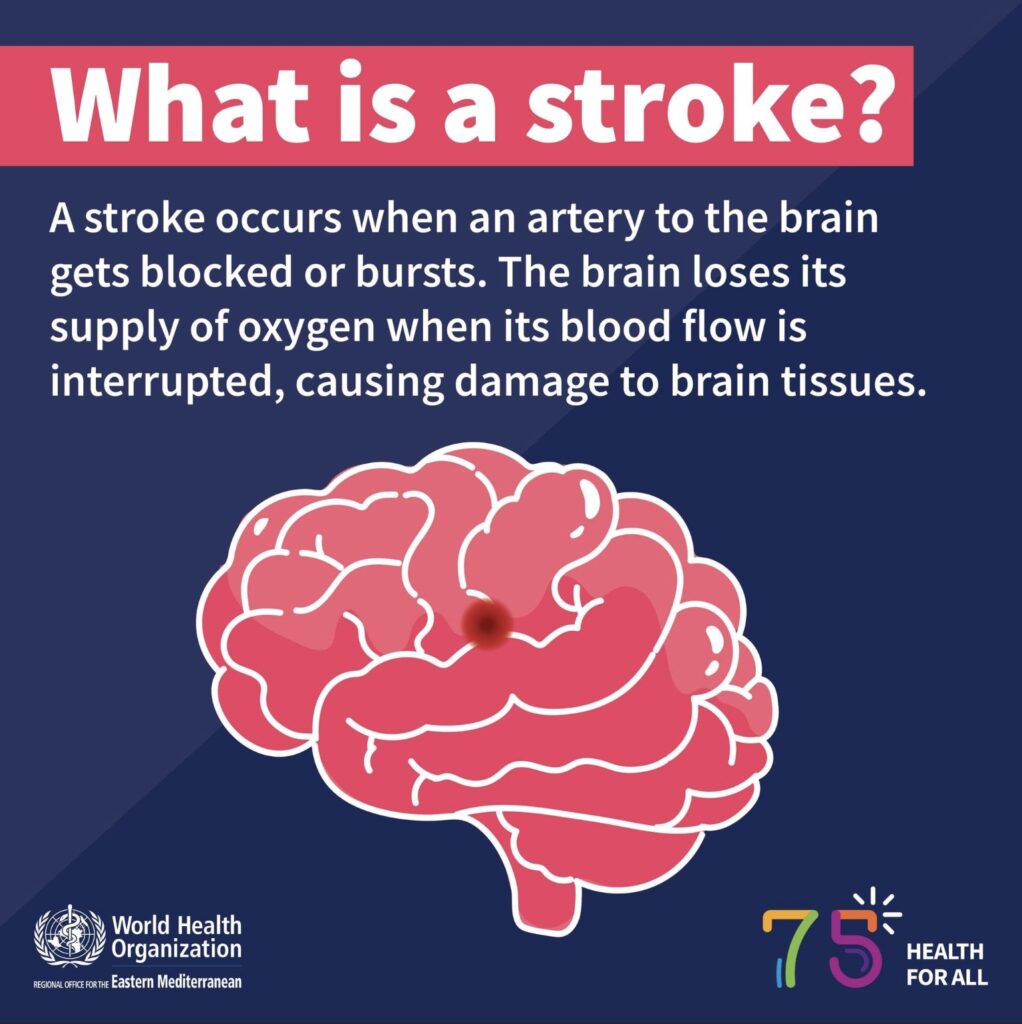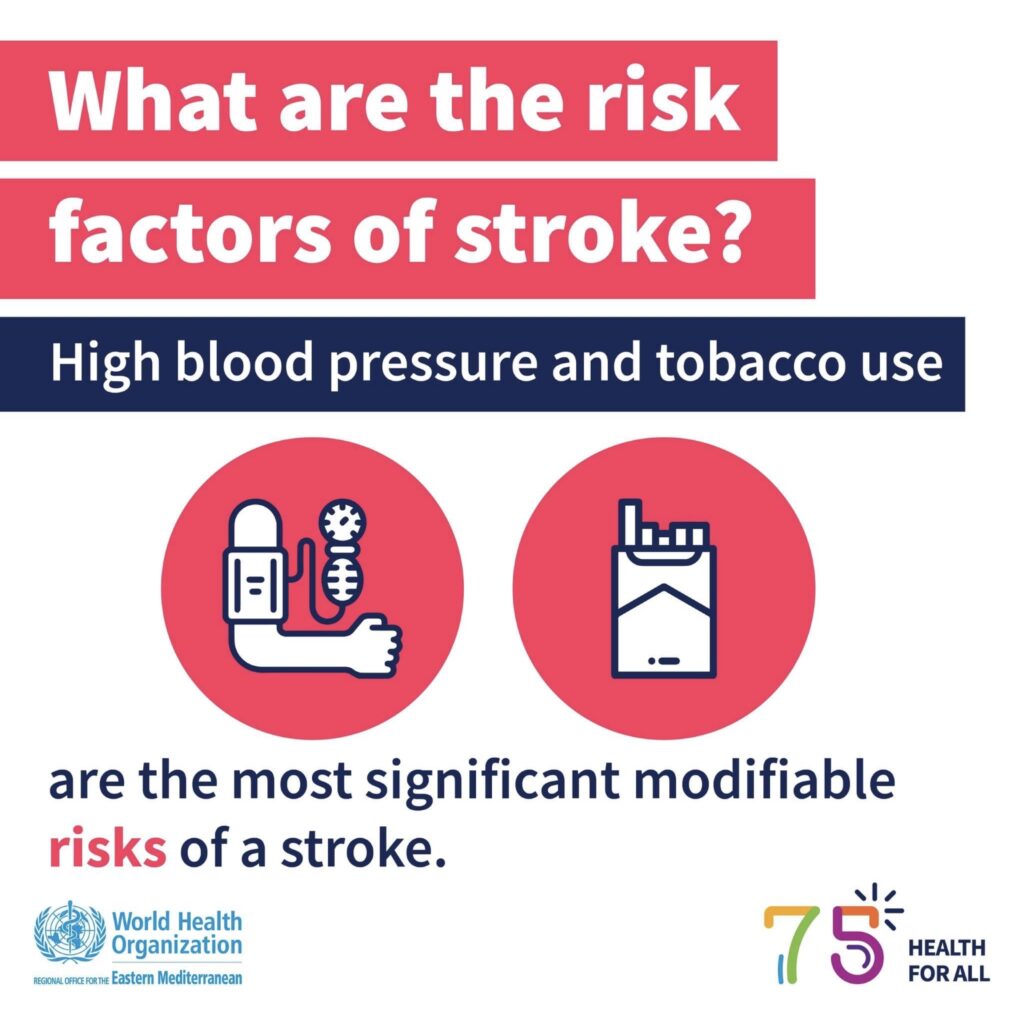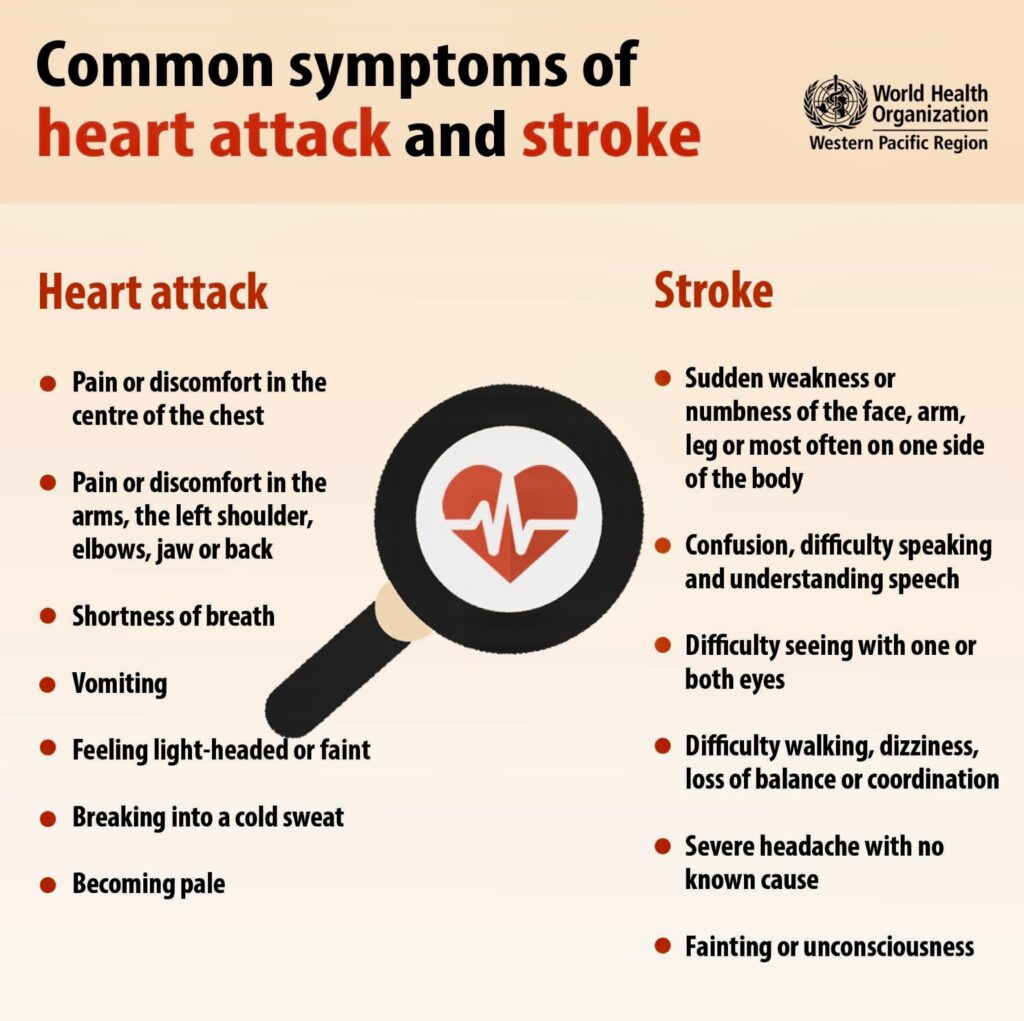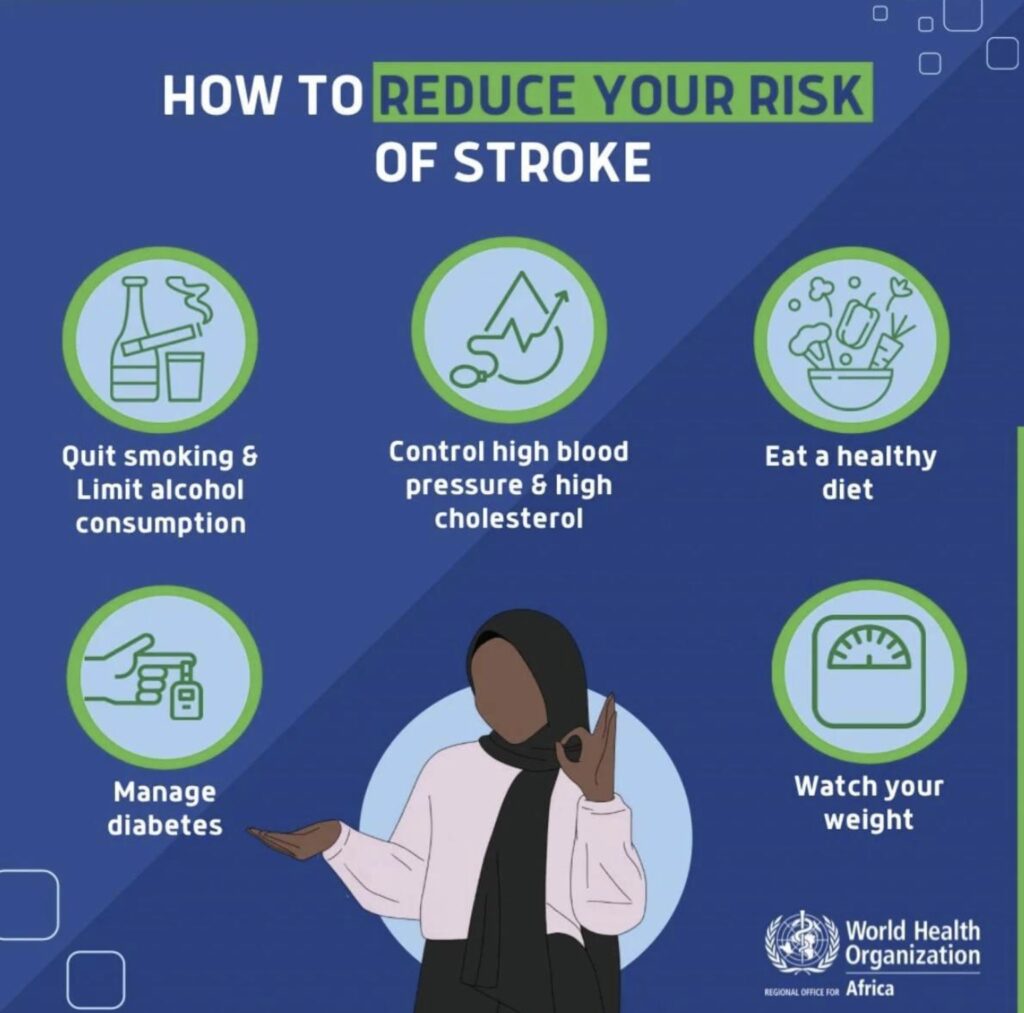By Henrylito D. Tacio
What do award-winning actor Fernando Poe, Jr. and former transportation secretary Leandro Mendoza have in common?
Both of them died after suffering a stroke, that’s what.
On the evening of December 11, 2004, Poe was admitted to Saint Luke’s Medical Center in Quezon City after complaining of dizziness at a gathering in his production studio premises. He suffered from a stroke and slipped into a coma while being treated for a brain clot. Without regaining consciousness, he died at the age of 65.
On March 17, 2012, Mendoza was rushed to the St. Luke’s Medical Center after suffering a heart attack while celebrating his advance birthday party at a resort in San Juan, Batangas. He reportedly complained of dizziness and was found later lying on the ground. He was airlifted to the hospital where he survived and was declared in stable condition. However, Mendoza was in rehabilitation, when he suffered a stroke. He died at the age of 67 in their ancestral house in Batangas. “It was so sudden,” son Mark Llandro was quoted as saying.
After heart attack, stroke is the second leading cause of death in the Philippines. The incidence of stroke in the country is 486 out of 100,000 of the population, according to Dr. Jose Navarro, former president of the Philippine Neurological Association, who quoted a study which was published in the Philippine Journal of Neurology.
Around the world, the prevalence of stroke is staggering. “One in six people worldwide will have a stroke in their lifetime,” deplores Dr. Romulo Esagunde, a neurosurgeon and board member of the Philippine Society of Ultrasound in Clinical Medicine Inc. “Every six seconds, stroke kills someone; and every other second, stroke attacks a person regardless of age or gender.”
The Geneva-based World Health Organization reports that stroke affects 15 million people worldwide. About five million people died, and another five million are permanently disabled, all due to stroke.

Brain attack
“Don’t confuse a stroke with a heart attack,” reminds Dr. Isadore Rosenfeld, bestselling author of The Best Treatment. “A stroke is what happens when the blood supply to a portion of the brain is interrupted; a heart attack is what you suffer when the blockage is in an artery within the heart.”
The American doctor-author further explains: “Since the brain controls speech, movement, sensation, intelligence, and a host of other vital bodily functions, whether or not one survives a stroke, and in what condition, depends on the mechanism by which the blood supply to the brain was cut off, the size of the artery involved, and the specific area of the brain that was damaged.”
“Stroke is specifically the type caused by cerebrovascular disease that results from two major mechanisms: ischemia and hemorrhage,” explains Dr. Meccar Moniem H. Elino, who works at the Department of Health for Health Development Zamboanga Peninsula.
“About 80 percent of strokes are ischemic – due to a blocked artery,” explains The Merck Manual of Medical Information. “Brain cells, thus deprived of their blood supply, do not receive enough oxygen and glucose (a sugar) which are carried by blood.”
Some early symptoms of ischemic stroke are the following: sudden weakness or paralysis of an arm, a leg, or one side of the body; sudden dimness or loss of vision, particularly in one eye; sudden confusion, with difficulty speaking and understanding speech; loss of balance and coordination, leading to falls; sudden severe headache with no apparent cause; and abnormal sensations or less of sensation in an arm or a leg or on one side of the body.
“Many other symptoms may also occur,” the Merck manual points out. “People who have a symptom that suggests an ischemic stroke should seek medical attention immediately.”
Hemorrhagic stroke
The other 20 percent of strokes are hemorrhagic – due to bleeding in or around the brain. “In this type of stroke, a blood vessel ruptures, interfering with normal blood flow and allowing blood to leak into brain tissue,” the Merck manual explains. “Blood that comes into direct contact with brain tissue irritates the tissue and can cause scarring, leading to seizures.”
The Mayo Foundation for Medical Education and Research, based in Minnesota, says one cause of hemorrhagic stroke is an aneurysm, which caused the death of martial arts icon Bruce Lee and American comedian John Ritter. This “ballooning” from a weak spot in a blood vessel wall develops with advancing age. Some aneurysms may also form as a result of a genetic predisposition.
“As aneurysm forms, the vessel wall becomes thin and stretched,” the Mayo Clinic points out. “An aneurysm that grows to at least three-eighths of an inch in diameter (about the size of the head of a thumbtack) is most likely to rupture.”
But the most common cause of hemorrhagic stroke is high blood pressure or hypertension. “Too much pressure can cause the bursting of a vessel – especially if that vessel has been weakened by age and the excess pressure of hypertension,” writes Dr. Julian Whitaker, author of Reversing Hypertension. “Hypertension also contributes to atherosclerosis and arteriosclerosis, the narrowing and stiffening of the arteries that increases the likelihood of blood clots cutting off blood supply. When either of these scenarios occurs in an artery in the brain, the result is a stroke.”
“Hemorrhagic strokes are less common than ischemic strokes but are often more deadly,” warns the Mayo Clinic. “About 50% of people who have hemorrhagic strokes die compared to about 20% for ischemic strokes. Strokes that occur in young adults are typically hemorrhagic.”
According to the Merck manual, a stroke usually damages only one side of the brain. Because most of the nerves in the brain cross over to the other side of the body, most symptoms appear on the side of the body opposite the damaged side of the brain.
Risk factors
Stroke afflicts people at the prime of their age and the peak of their career. Aside from hypertension, other risk factors include family history of stroke, diabetes, obesity, heart disease, atrial fibrillation, high blood cholesterol level, and those who previously had suffered from transient ischemic attack (TIA).

A TIA is a temporary blockage of blood flow to the brain. The clot usually dissolves on its own or gets dislodged. Usually, it lasts only a few minutes and “doesn’t cause long-term damage,” states the Mayo Clinic, but added that “it may serve as a warning sign of a future stroke.” It is also managed and prevented the same way as an actual stroke.
People eating a diet rich in saturated fats and salty, living sedentary life, and heavy liquor drinkers, and smokers are also at risk for stroke.
Symptoms
In an interview, Dr. Elino talked about people who may suffer from stroke to experience anosognosia (from a Greek word that roughly translates to “without knowledge of disease”). What it all boils down to is that the person is unaware of his or her condition, and is unable to accept it.
As such, medical experts urge Filipinos to be aware of the symptoms and should know who to call and go to in case a stroke happens. Once the brain is damaged, it is already irreversible. “Prompt attention could make a big difference in the outcome following a stroke,” says Dr. Willie T. Ong, an internist-cardiologist and author of several health books.

The World Health Organization (WHO) gives the following symptoms of a stroke: sudden weakness or numbness of the face, arm, leg or most often on one side of the body; confusion, difficulty speaking and understanding speech; difficulty seeing with one or both eyes; difficulty walking, dizziness, loss of balance or coordination; severe headache with no known cause; and fainting or unconsciousness.
There are no known first aid treatments with this illness, contrary to what some patients may think, and whatever first aid steps may be given are not sufficient to reverse the stroke process. According to Dr. Navarro, the treatments readily available to prevent grave disability from stroke can only be obtained from the hospitals.
A study conducted by the National Stroke Association in the United States has shown that 80% of stroke is preventable. In fact, the incidence of strokes in Western countries in recent decades has declined, mainly because people are more aware of the importance of how to reduce their risk of stroke.

The WHO recommends the following: (1) quit smoking and limit alcohol consumption, (2) control high blood pressure and high cholesterol, (3) eat a healthy diet, (4) manage diabetes, and (5) watch your weight.
“Controlling these factors can go a long way in preventing stroke,” the Merck manual claims. – ###
(Credits: WHO)








